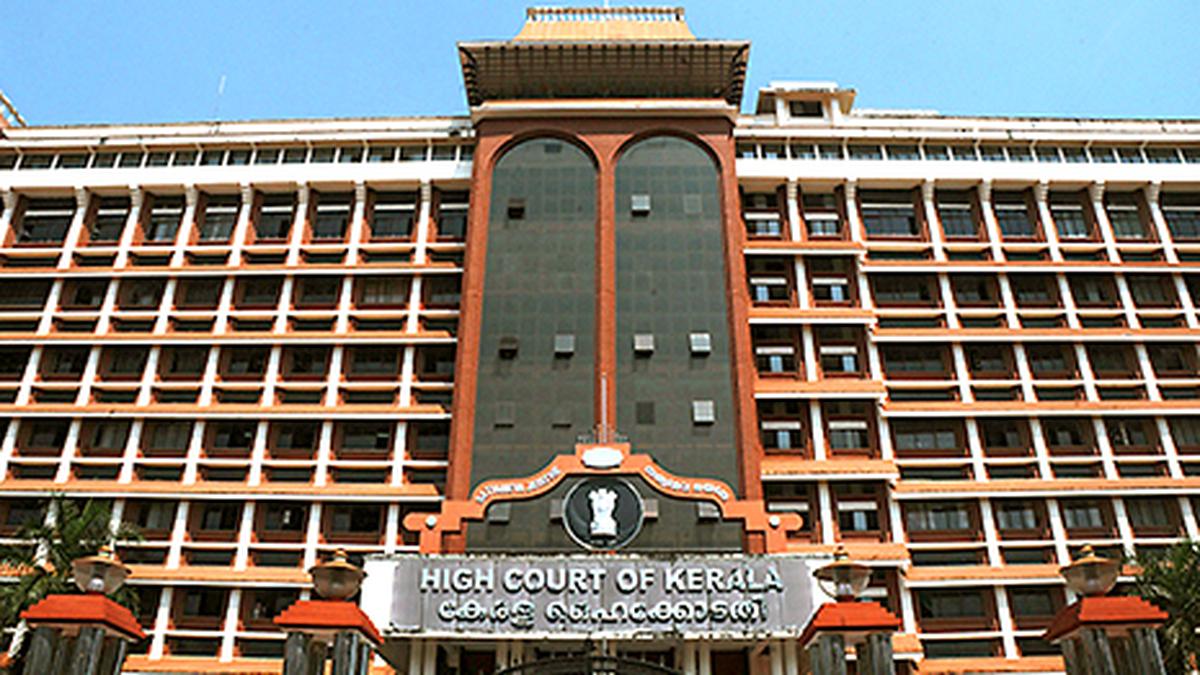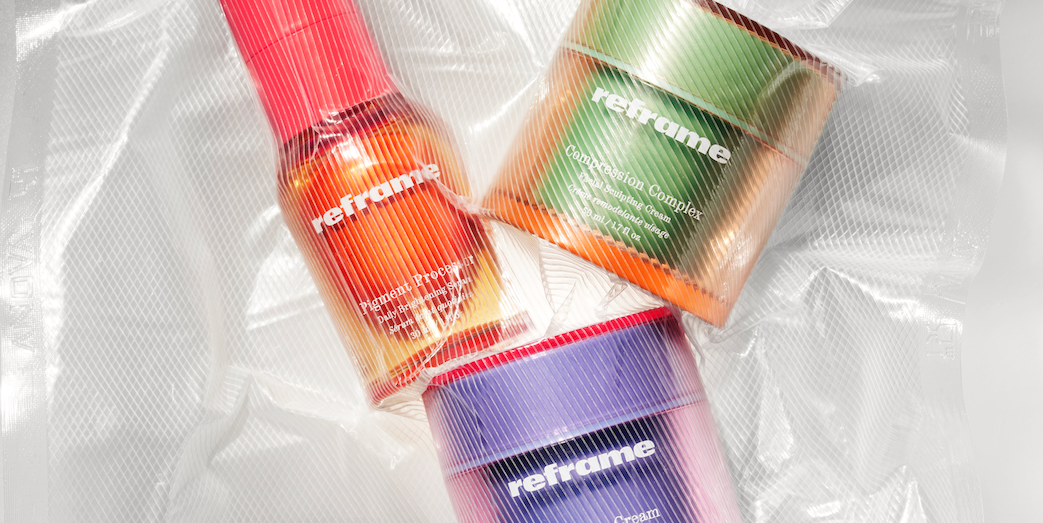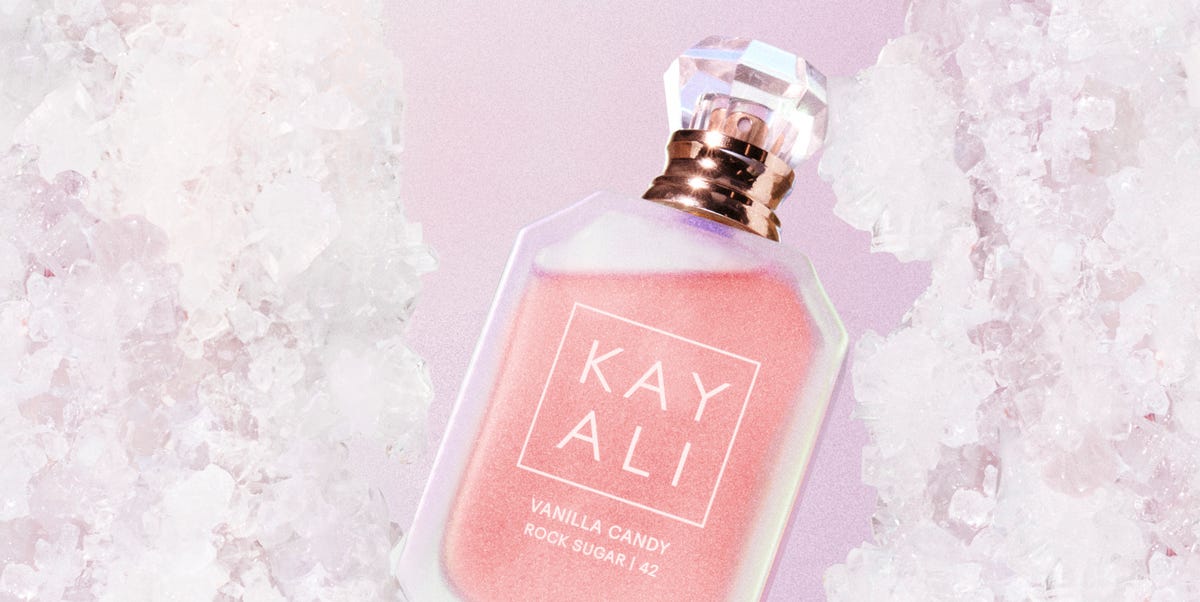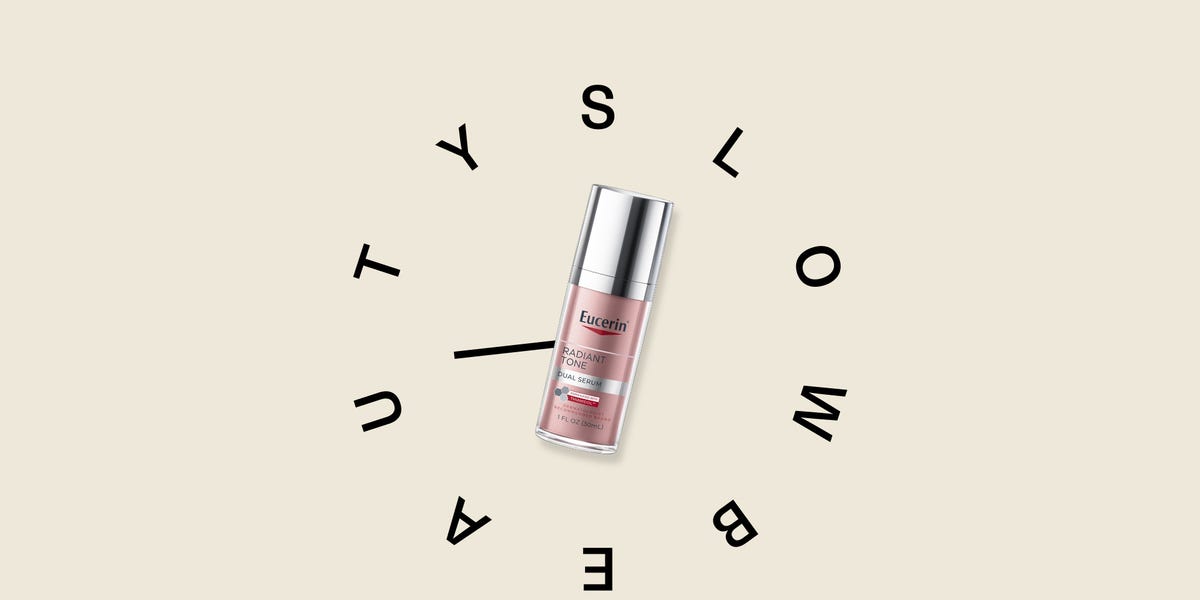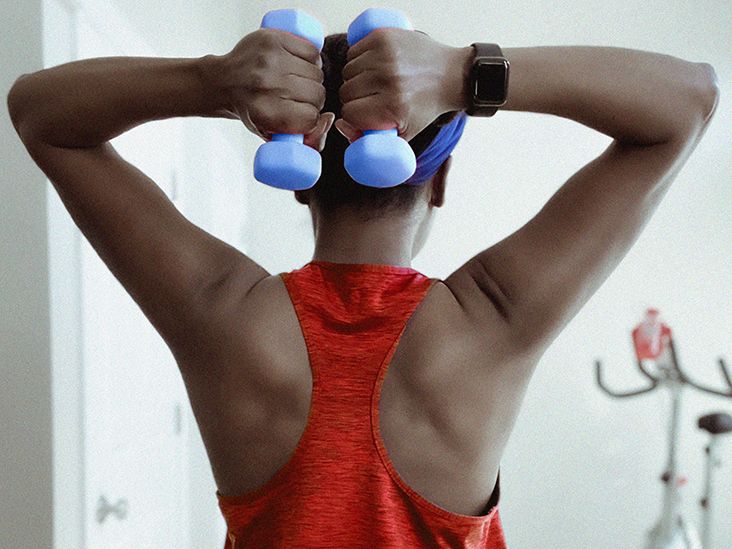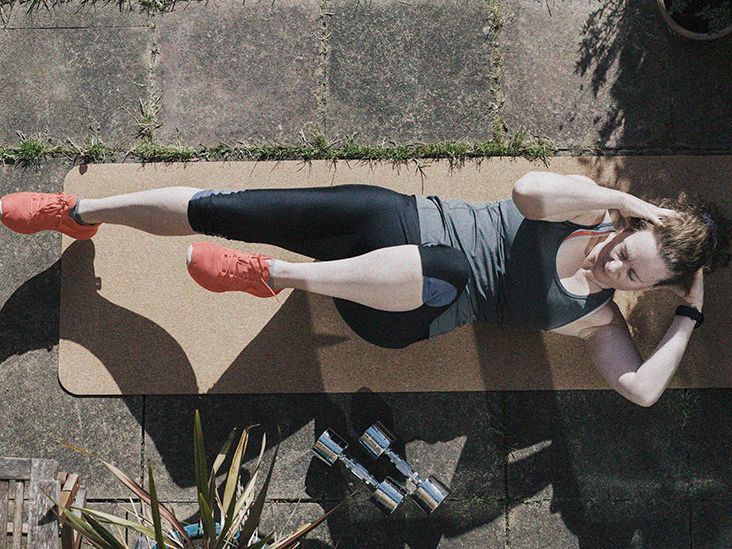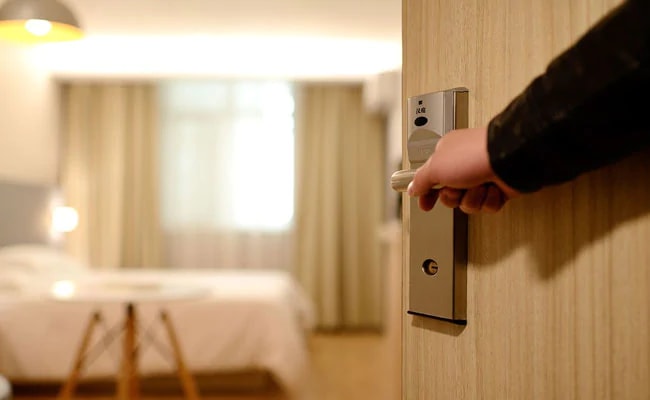How to Cook With Planchas and Comals

These ancient cooking tools are perfect for quesadillas, steak and eggs, and more
Peer inside a Latin American kitchen, and you will most likely find some kind of flat top on the stove, stoic and ready for fire. Whether they were passed down for generations, thrifted, or purchased locally, the comal and plancha have long been essential culinary tools for home cooks and professional chefs alike.
These flat tops perform similarly, and at times, interchangeably: Both are good for toasting bread or tortillas, making quesadillas, or charring vegetables. Yet they also have their own unique uses and places in the kitchen. For advice about which one to use, and when, we turned to chefs and home cooks.
What is a comal?
The comal is a round nonstick flat griddle meant to withstand years and years of fire. It toasts, chars, roasts, and sautees — making it perfect for everyday use.
The comal is so prized and ancient that it is said to mark the start of civilization itself. The oldest records of the comal in Mexico date back to the sixth century, with remains found in Oaxaca. Comales made with barro or clay, their originary material, are still in use today, though now comales are also made with carbon steel, blue steel, and cast iron. The comal’s name derives from the Nahuatl word comalli, and is said to have originated in tandem with the birth of tortillas. In Mayan cultures it was known as xamach, and was set over flaming rocks. In Puerto Rico, the Taíno people had their own clay-made comal called burén, which was set directly over fire-stoked logs, like the comal of the Americas. Today, there’s a festival dedicated to the burén in the coastal town of Loíza. In Venezuela, the same cooking tool is known as the budare, and is essential to making arepas.
Cooking on a circular, flat surface isn’t exclusive to Latin America, however. In South Asian countries, from India to Pakistan and Bangladesh, there is the tawa, which is used to cook meats and a variety of flatbreads. In Middle Eastern countries like Lebanon and Palestine, it’s known as the saj, but is convex and dome-shaped. In North African countries like Sudan, it sits on embers and is known as doka.
What is a plancha?
The plancha, or flat top griddle, is typically larger than the average comal, and rectangular in shape. It’s known for its size and power. The word “plancha” translates to cooking plate in Spanish, and “griddle” comes from the Anglo-French “gridil,” which comes from the French “graille,” meaning grill. The griddle’s origins can be traced back to 104 CE in Ancient Rome. Today, there are gas powered griddles for indoor and outdoor use, and some have even been built into cooktops. They typically take up two burners and, like the comal, are designed to be nonstick. According to Larousse Cocina, planchas were originally set over flaming coals to cook vegetables and meats quickly at high temperatures. It’s common in Latin America to find dishes prepared this way, or “a la plancha.”
For Danel Fernanda de Romero, a culinary school-trained home cook and mom of six, the plancha is her biggest ally in getting warm meals ready quickly for hungry bellies. “The plancha that I use is about 60 pounds, so you bet it stays on my range 24/7,” de Romero says.
How to use a comal
The size of the comal can vary, from six to 22 inches. Typically, the home comal will be on the smaller side, taking up a single burner. This allows for faster heating times, and thus quicker meals and snacks.
Mexican American chef Emmanuel Galvan uses the comal for heating foods more gently. “It’s for when you don’t need intense heat and are cooking a smaller item — an everyday thing,” he says.
De Romero uses her cast-iron comal to make her husband’s breakfast and lunch for work. “[The comal] is a modest size,” she explains. “That way I don’t have to turn on the whole range and heat up the plancha.” Breakfast and lunch normally include Mexican delicacies like sopitas con huevo (fried tortilla stir-fried with scrambled eggs), eggs with roasted diced nopales, a hearty steak and eggs, or a lighter toad-in-the-hole.
To char vegetables for salsa, go from medium to high heat, depending on the desired results. Medium heat will allow flavors to render more slowly, and heat food more thoroughly. This works well for slow roasting tomatoes, sautéing mushrooms, cooking quesadillas, toasting dried chiles, and reheating tamales. For quick everyday dishes, like tacos or quesadillas, you can use a comal to reheat your tortillas at medium-high heat. Once the comal is hot, it is also great for cooking masa shapes like tetelas and tlacoyos, making fresh tortillas, and more. For this, a well-seasoned comal is best. However, a small dab of oil wiped on the surface with a paper towel will certainly help keep the fresh masa from sticking. High heat will provide a smoky profile, and can be used for fast and hot applications like turning tortillas into volcánes (the non-fried cousin of the tostada).
To clean the comal, wash it under warm running water and use mild soap to remove any stuck food. Dry and season with oil.
How to use a plancha
Mercedes Golip, a Venezuelan food creative and maíz expert, says that the plancha was essential for her mom in making arepas and cooking meats and vegetables with minimal oil without compromising on flavor. “For her, it was the most practical way to cook because she could make multiple things at once on the same surface, and everything cooked quickly,” Golip says.
“Foods cooked on a plancha develop deep, complex flavors in no time and with minimal seasoning, thanks to the caramelization process,” she explains. “It allows you to create dishes with rich, layered flavors using simple ingredients.” Because of this, the plancha is perfect for experimenting with a host of marinades and seasonings.
De Romero uses her plancha for family meals from breakfast to dinner. “It takes up more than half of my 30-inch range, so I can make 10 eggs all at once, or pancakes [and] tortillas. I can also sear meats and grill veggies.”
Galvan uses a 36-inch cast-iron plancha for his masa-centric pop-up in the Bay Area, Bolita. “We use it for everything, to char vegetables, cook mushrooms, caramelize onions, for all masa applications,” Galvan says. “Without the plancha we couldn’t make the type of food we do. It’s super crucial to the way we built our business.”
It’s also super easy to use: All you need to do is bring the plancha up to the desired temperature, and scramble, saute, grill, toast, or sear away.
To clean a plancha, Golip recommends waiting for it to cool and then washing it with mild soap and a brush before drying it over a flame to prevent rust. De Romero cleans hers by pouring water over it and scraping off any stuck bits, then oiling the surface with a rag. Do this after every use.
When to use a comal versus a plancha
Although comales and planchas are very similar, there are distinct benefits to using one over the other.
Consider the plancha your workhorse for bigger projects. Whether you’re cooking for a dinner party or making a hearty spread for a family gathering, the plancha is perfect for a larger setting thanks to its size. From eggs and pancakes to burgers, hot dogs, seafood, fried rice, and all the masa shapes, the a la plancha options are endless. The best part is that you can cook multiple components of a meal all at once.
Comales are perfect for smaller portions and reheating. Use them when you’ve got salsa or quesadillas in mind, want to cook a small batch of fresh masa shapes, warm up a tortilla, or toast bread.
Though the plancha begets bigger meals, and the comal is more intimate, they both hold a dear and lasting place in the Latin American home kitchen. Having stood the long test of time, they are both simply much too practical and culturally rooted to ever be replaced by any shiny new gadget for the chef and home cook.







